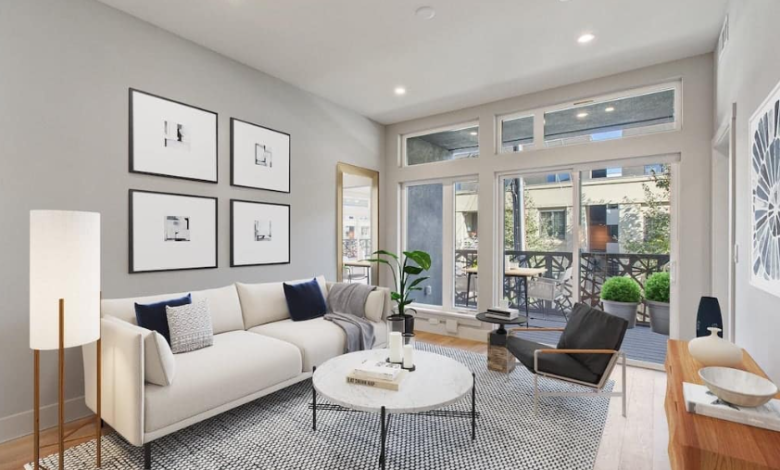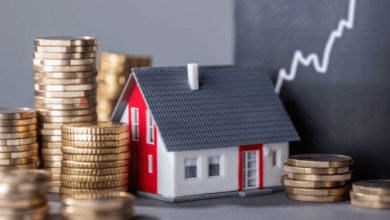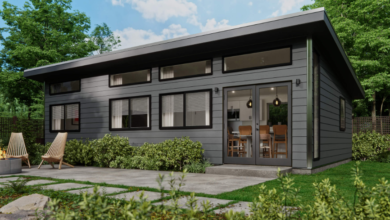What Is Virtual Staging and How It Will Change Marketing In Real Estate

As you go through the homes on sale over the internet, you have likely seen empty rooms made out to look beautiful and furnished. This is the magic behind virtual staging. It is a computerized procedure where real estate agents, photographers, or designers can incorporate furniture, decorations, and lighting effects in the photos of a property through computer programs.
Contrary to home staging, which involves physically installing real furniture and decorations in a house, virtual home staging is done on a computer. It is quicker, cheaper, and perfect to make the pictures inviting and allow the buyer to imagine themselves living in the space.
The reason Real Estate should be virtually staged.
The majority of buyers begin to search for their property online. Initial impressions are usually provided by posting photos, and empty rooms with a plain look are seldom interesting. Virtual staging can be used to fill that gap and demonstrate the potential of a property.
As an illustration, a bare living room may seem that it is cold and small, but when it is staged with a comfortable couch, wall decorations, and a rug, it instantly appears warmer and larger. Buyers will be able to see the way the area may appear with their personal style, which will facilitate the establishment of an emotional attachment with the home.
See also: Advantages of Adding a Sunroom to Your Home
How Virtual Staging Works
It is not a complicated undertaking. An empty or badly furnished room is photographed in highly qualitative photos by a real estate agent or a photographer. Then, with the help of special software or even a virtual staging AI system, designers add graphically realistic furniture, lighting, and decorations digitally.
Modern technology is able to make such outcomes astonishingly realistic. By clicking a few times, one is able to change a boring studio apartment into a cool, home-like environment, which would attract potential customers. The whole operation takes a day or two, in comparison with the effort and expense of traditional staging, which takes a week.
The Advantages of Virtual Staging.
1. Cost-effective
The traditional staging would take thousands of dollars, more so in the case of the larger homes. Virtual staging offers the same visual effect at a small fraction of the cost.
2. Time-saving
Everything is done digitally; therefore, there is no delivery, setup, or even removal of furniture required. It is possible to set up photos and prepare them for the market in a few hours.
3. Flexible and customizable
Virtual staging allows the sellers to experiment with the interior designs in order to suit the property audience. Young professionals prefer a modern living room or the aged appearance of a family house? The virtual staging styles in design can be easily applied to the two.
4. Sells properties quicker.
Photos that look good will receive more online clicks and visits. The agents have an advantage as buyers will shortlist the properties that appear move-in ready.
Real-World Example
Consider two similar apartments that have been posted online. One of them has bare white walls and an empty floor. The other one, which is the virtual staging, has soft lighting, a sectional sofa, and plants indoors. The staged listing will be clicked on by most buyers.
Such visual attractiveness can be easily transformed into higher sales and even better deals, as the prospective customers feel that the property is more valuable. It is a common report among many agents that the listed staged properties get more online attention and sell weeks ahead of those not staged.
Real Estate Marketing in the Future
With the further development of virtual staging AI tools, the process is getting even more efficient. These applications have the ability to automatically choose the style of furniture that suits the size, lighting, and the target customer of a room. Future consumers may even seek to use full-staged virtual tours, VR headsets as well.
The simplicity of virtual staging is so strong. It is a combination of innovation and technology, which transforms imagination into images, to enable both sellers and buyers to see what can be done.
Final Thoughts
Virtual staging is not only trendy anymore, but it is also becoming a reality in real estate marketing. Applying intelligent design and the latest technology, it assists in listings to become more prominent, appealing to buyers, and selling quickly.
As a home owner, agent, or investor, virtual staging is among the least difficult and most effective means of demonstrating the potential of the property.





